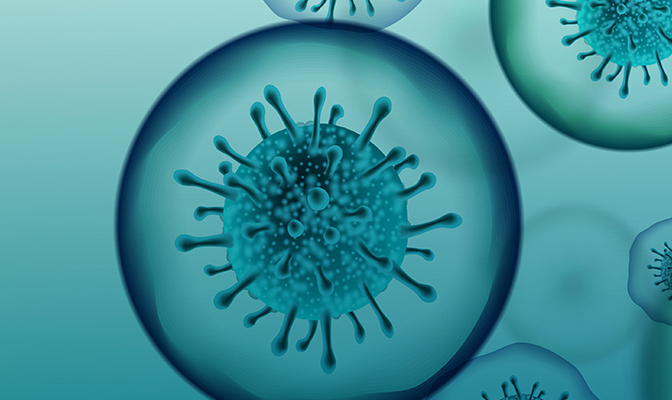
Optimizing hit identification in drug discovery programs with CRO Services
Developing an innovative therapy needs to build supporting evidence about the efficacy of the new molecule. For that, pharmaceutical companies must respect some key preclinical stages, including a hit-to-lead process.
Following the process of target validation, the Hit identification represents a first critical step in drug discovery. The quality and properties of the hit series will delineate the chance of success at progressing rapidly into developable preclinical drug candidate.
Oncodesign Services, a leading CRO in early drug discovery, helps you to success with an integrated hit identification service.
Hit identification process in early drug discovery
What is a Hit?
In the drug discovery process, a Hit is a compound that displays desired biological activity towards a drug target and reproduces this activity when retested.
There are several methods for Hit finding such as High-Throughput Screening (HTS), virtual screening (VS), or fragment-based drug discovery (FBDD):
- HTS involves testing a large number of compounds against a target protein (biochemical screening) or a cell-based (phenotypic screening) assay to identify those that bind or modulate the activity. This is typically done using automated techniques that can test thousands of compounds in a short period of time
- Virtual screening involves using computational techniques, such as molecular docking and molecular dynamics simulations, to predict which compounds within a large library are likely to bind to a target protein.
- In the Fragment-based drug discovery (FBDD) approach small fragments of molecules are identified that bind to a target protein and subsequently function/act as a starting point to design more potent and selective compounds by growing the fragment or linking together different fragments.
When a suitable Hit is selected, it is engaged into several iterative DMTA (Design-Make-Test-Analyze) cycles in order to improve its physicochemical and ADME properties, potency, and selectivity to become a Lead.
What is the “Hit Identification”?
Hit identification (or hit finding) is a process used in drug discovery to identify compounds that have the potential to bind to a specific target protein and modulate its activity in a desired way.
From a Hit finding campaign which identified several hit series, hit qualification and characterization is carried out by various orthogonal methods, including biophysical assays, in order to recommend the most promising Hit series for initiation of Hit-To-Lead (H2L) process.
Oncodesign Services offers an integrated solution for Hit identification
Oncodesign Services is a contract research organization (CRO) with a mission to contribute to the discovery of novel therapeutics agents with high unmet medical needs on behalf of its clients.
Within our integrated offer DRIVE-SM, we guide and assist you at defining an optimal and customized strategy to identify hits for your preferred target. We provide a range of different and complementary cutting-edge technologies that we can apply to screen for or design novel hits, ranging from DNA-encoded libraries, fragment libraries screening using several biophysical methodologies, and de novo design through AI approaches or computer assisted drug design.
Our Hit identification services can include:
- DNA-encoded library screening
- Library and HTS screening
- Fragment screening
- AI
- Biophysics SPR, DSF, ITC, NMR
- Biostructural X-ray and Cryo EM
- Assay Development
- Protrein systhesis and purification
Hit series identified from those technologies and methodologies are judiciously characterized through a defined set of critical assays and filters to enable the selection of most promising hits series with early drug-like attributes.
Discover our integrated drug discovery solution: a complete continuum from target to clinical candidate



